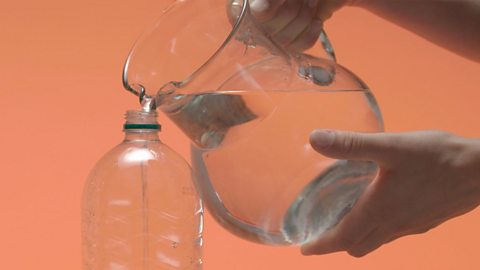Forces and movement
Introduction to forces
Learn about the different types of forces and the difference between contact and non-contact forces
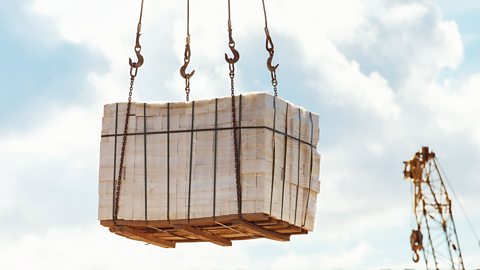
Pressure
Pressure is a measure of how concentrated a force is. The amount of pressure exerted on an object depends on the force applied and the surface area it is spread over.

Force diagrams and resultant forces
Learn about drawing and interpreting force diagrams. Find out how to calculate resultant forces acting on an object.

Motion and speed
Find out more about the difference between motion and speed and how to use the speed equation.
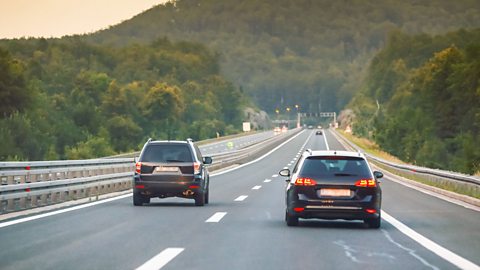
Representing journeys
Find out how to use distance-time graphs to describe a journey and to calculate speed.
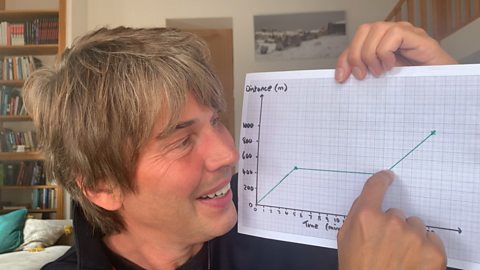
Weight and mass
Find out about the difference between weight and mass, how to explain why weight changes on different planets and how to apply the weight equation.
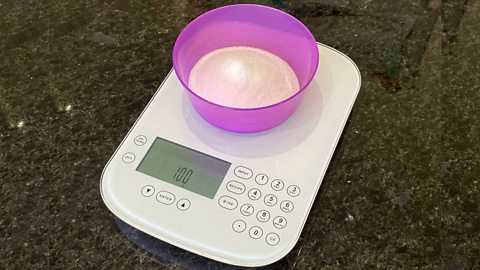
Friction
Learn how to identify different types of resistive forces and how to investigate the effect of friction.

Terminal velocity
Learn about the forces acting on an object in free fall and to describe how the motion of an object changes during free fall.
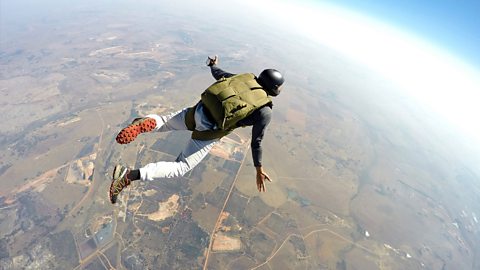
Energy stores and energy transfers
Learn about common energy stores and energy transfers and how to apply the work equation.

Moments
Learn about moments and pivots, apply the moment equation and identify common levers and applications of moments.

Hooke's law
Learn about Hooke's Law and about the spring constant of a spring as being the amount of force needed to extend a spring. Explore how to find the spring constant of a spring.

What is gravity?
Find out about gravitational forces which pull all objects together.
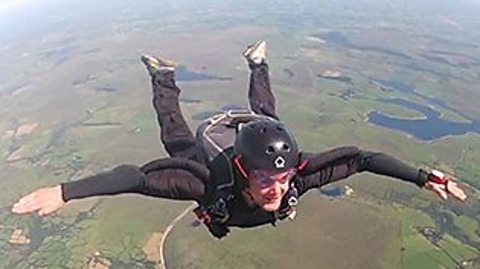
How to explain forces
Learn how forces work.

How to show the difference between force and pressure
Learn how to show the difference between force and pressure.

How to weigh a floating object without scales
Learn how to find the weight of a floating object.

How to show pressure exists in liquids
Find out how to show pressure exists in liquids with this step-by-step demonstration.
